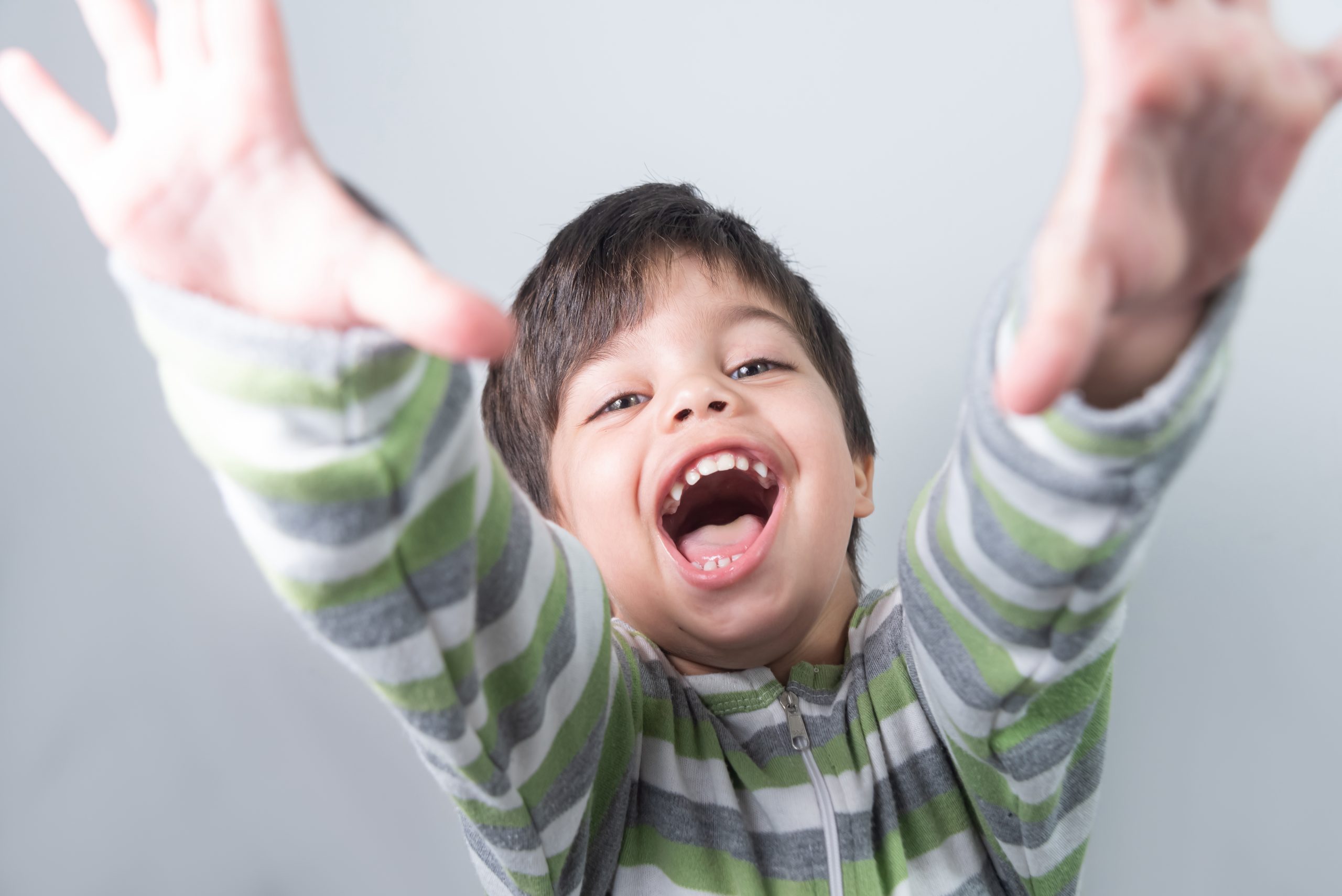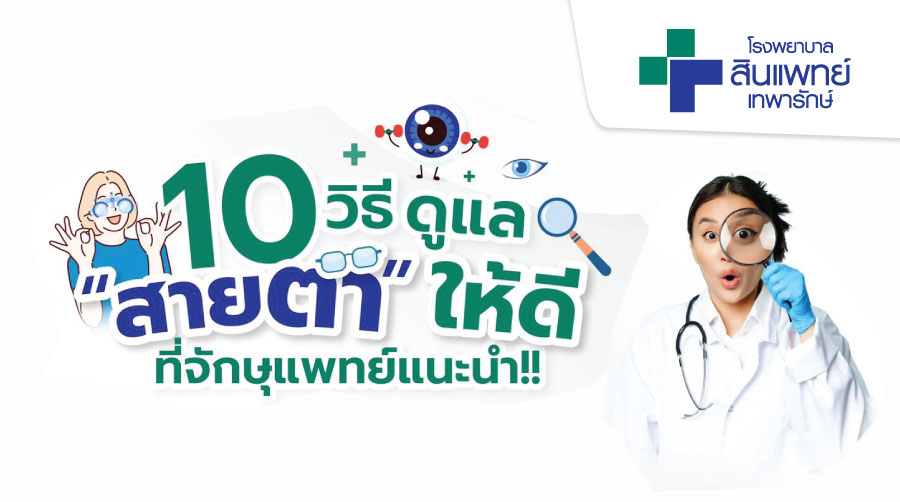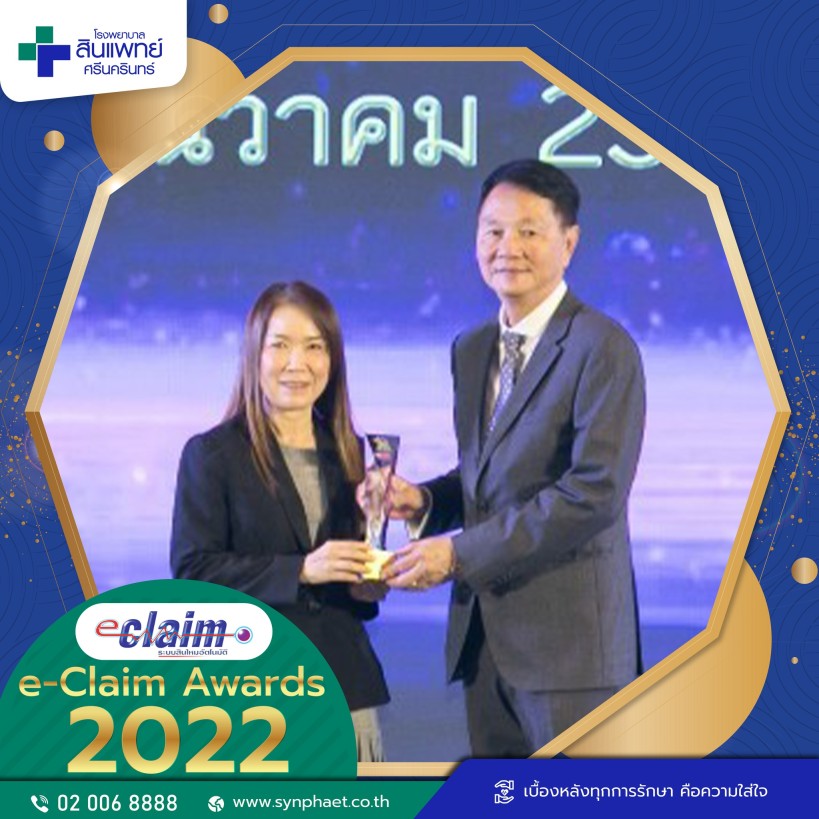Apr 15, 2025

While all children can be playful, some have developmental differences in brain function that lead to hyperactivity and attention deficits. Attention-Deficit/Hyperactivity Disorder (ADHD) is a neurodevelopmental condition characterized by three core symptoms:
Inattention
Hyperactivity
Impulsivity
ADHD affects boys 3 times more often than girls and can impact academic performance, daily routines, and safety.
Inattention:
Easily distracted, struggles to focus on tasks.
Makes careless mistakes, forgets daily routines.
Loses belongings frequently.
Symptoms worsen with uninteresting tasks but improve in calm, one-on-one settings or during preferred activities (e.g., playing games).
Hyperactivity:
Constant fidgeting or moving (e.g., tapping hands, squirming in seats).
Talks excessively, interrupts others, or shouts during class.
Struggles to play quietly.
Impulsivity:
Acts without thinking (e.g., blurting out answers, intruding on others).
Struggles to wait their turn.
May engage in risky behaviors.
Genetics:
Children with a family history of ADHD have a 4–5 times higher risk.
Environmental Factors:
Maternal complications during pregnancy (e.g., preterm birth, exposure to lead, alcohol, or cigarette smoke).
Inappropriate parenting practices, such as excessive screen time.
Parental and Teacher Education:
Understand the condition to support the child academically and emotionally.
Avoid harsh punishment; use patience and gentle guidance.
Medication:
Stimulants (e.g., methylphenidate) improve focus and impulse control.
Non-stimulants (e.g., atomoxetine) are alternatives for children who cannot tolerate stimulants.
Behavioral and Environmental Adjustments:
Create structured routines and minimize distractions.
Use positive reinforcement to encourage desired behaviors.
With proper diagnosis and a combination of therapies, children with ADHD can thrive academically and socially. Early intervention helps reduce behavioral challenges and unlocks their full potential.



